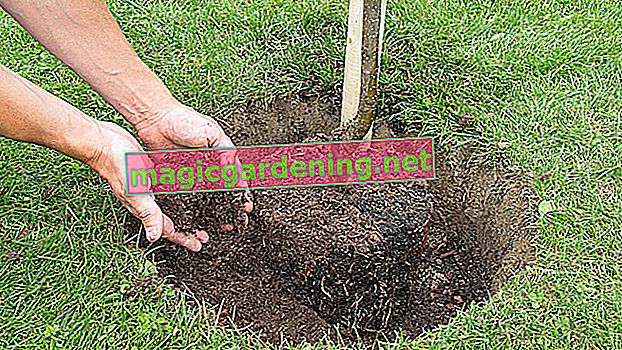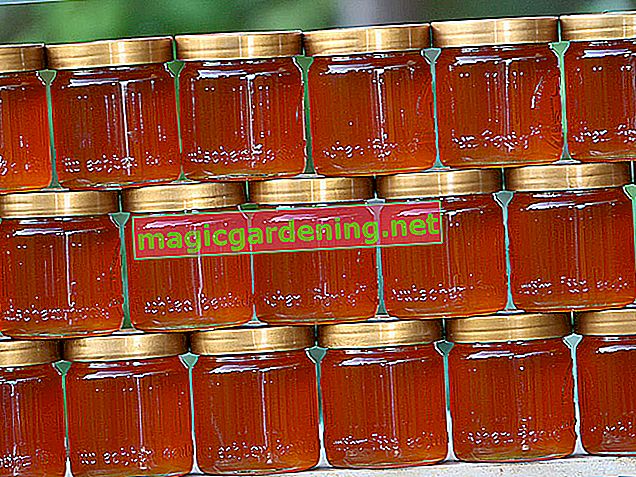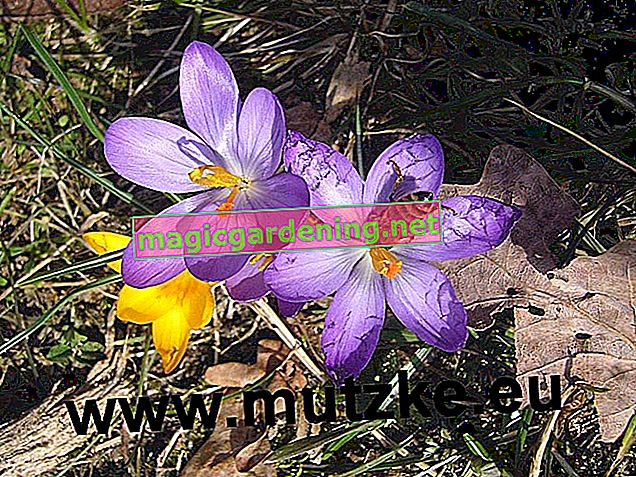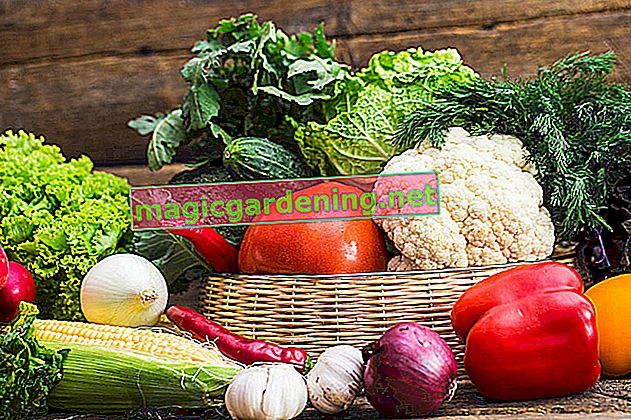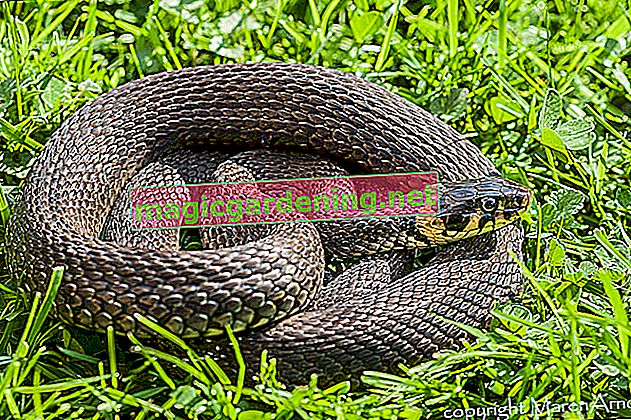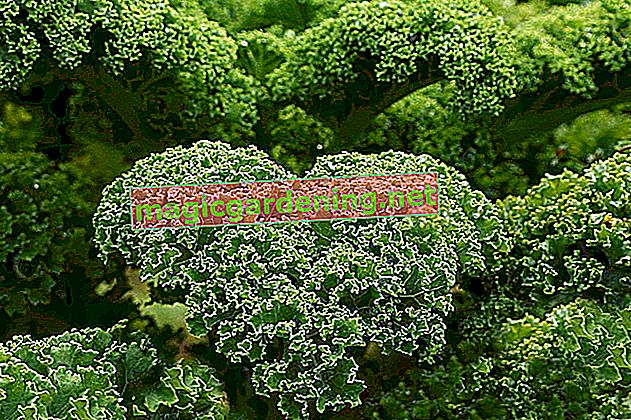
Correct harvest time for the “in” vegetables
We consider kale to be a classic winter vegetable. Planted in May - June, the perennials are fully grown after three to five months. Kale is robust. He resists frost. The harvest takes place over the whole winter. Cold temperatures delay the metabolism of the plant. Stored glucose breaks down more slowly. The taste of the cabbage becomes sweeter.
In frost-free regions, the leaf kale is the basis for raw food. Kale is harvested there during the entire growing season. The vegetables combine numerous bitter substances, secondary plant substances, vitamins and minerals with few calories. Kale is one of the healthiest vegetables around. He is highly valued in Anglo-Saxon countries.
also read
- When is the kale harvest time?
- Kale gets yellow leaves
- Storing kale: this is how it lasts the longest
Stems, leaves, whole plant? How and what is harvested
- the harvest takes place well into winter
- the cabbage plant remains in the ground
- individual leaves from the stalk are harvested
- the harvest starts from the bottom up
- the cabbage tip continues to grow steadily
- Kale can also be harvested completely
- then dig up the perennial with the roots
- remove all sheets at once
- for raw vegetables, cut or break off the fine, tender leaves of young plants
The leaves are generally used in kale. They are removed from the harder leaf veins. Process the ribs of young plants cut into small pieces as vegetables. The wooden stalk is disposed of.
Tips & Tricks
Isolated kale bushes planted in the garden are an eye-catcher. The plant differs from other vegetable plants in its growth habit. They sit enthroned in the bed like palm trees on islands.
In addition, the cultivation of kale is trendy. Due to its high nutrient density, it is considered a protective shield against many attacks on the immune system. With new, tasty recipes, the cabbage from grandmas times will find its way onto modern German plates.

